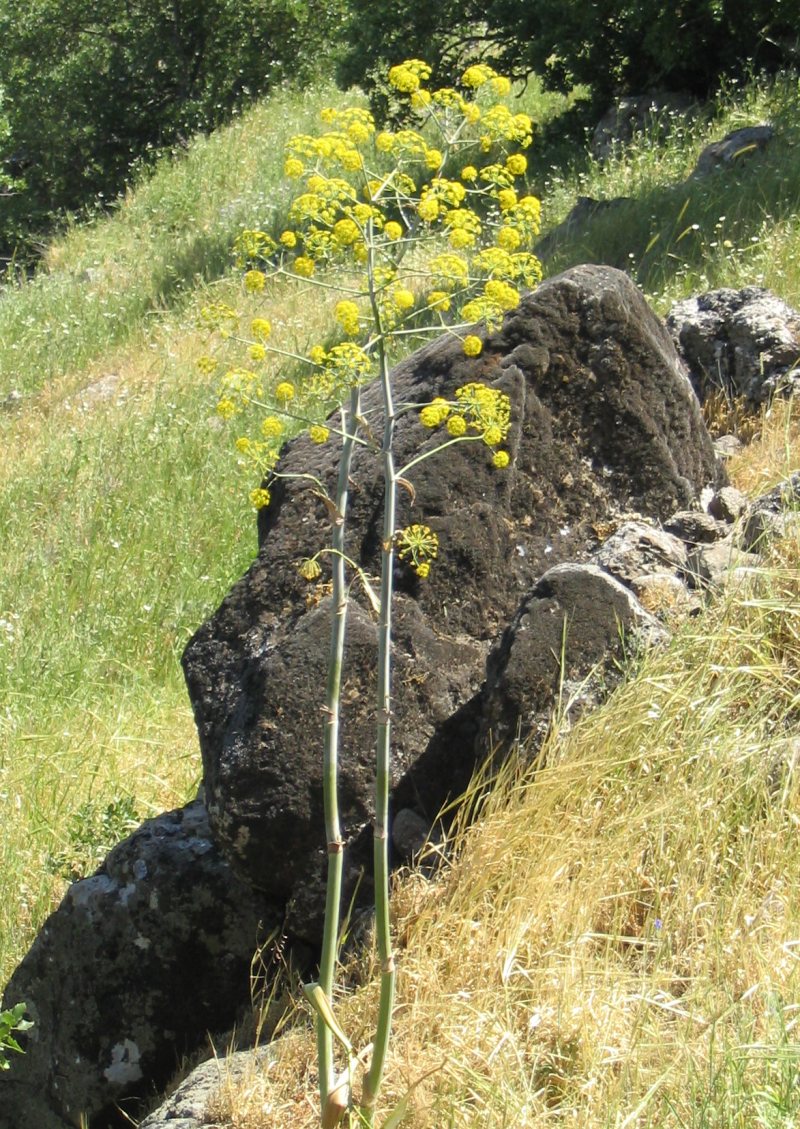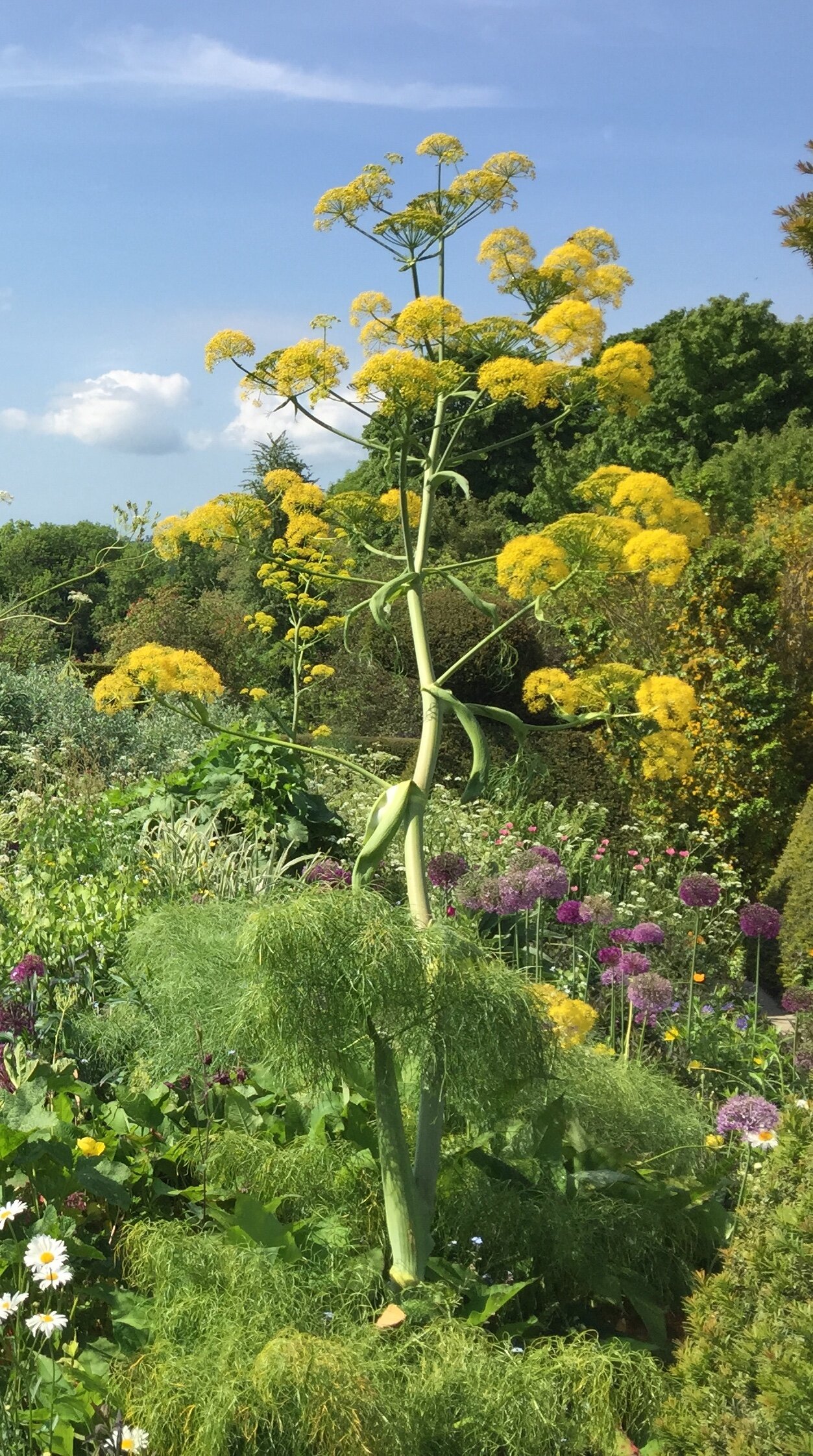Ferula: A Versatile Plant with a Rich History
Ferula, a genus of flowering plants in the Apiaceae family, is a diverse group with over 170 species. These plants are native to Eurasia, North Africa, and Australia, and have been used for centuries in traditional medicine, food, and industry.
Taxonomy and Distribution

The genus Ferula is classified within the Apiaceae family, which also includes carrots, celery, and parsley. It is further divided into several subgenera, each with its own unique characteristics. Ferula plants are predominantly found in arid and semi-arid regions, where they have adapted to survive in harsh conditions.
Physical Characteristics
Ferula species vary greatly in size and appearance, but they share some common features. Most have tall, hollow stems that are often ribbed or grooved. The leaves are usually compound, with numerous leaflets arranged in a pinnate or bipinnate manner. The flowers are small and yellow, grouped in umbels that can be simple or compound.

Uses and Benefits
Ferula plants have been used by humans for centuries for a variety of purposes. Some of the most common uses include:
Traditional Medicine: Ferula species are rich in bioactive compounds, including essential oils, coumarins, and flavonoids. These compounds have been shown to possess anti-inflammatory, antioxidant, antimicrobial, and analgesic properties. Ferula plants have been used to treat a wide range of ailments, including pain, inflammation, digestive disorders, and respiratory problems.

Cultivation and Care
Ferula plants are relatively easy to cultivate in arid and semi-arid climates. They prefer well-draining soil and plenty of sunlight. Once established, they are drought-tolerant and require minimal care.
Notable Species
Ferula assafoetida: This species is perhaps the most well-known member of the genus. It is cultivated for its gum, which has a strong, pungent odor and is used as a spice and flavoring agent.
Conclusion
Ferula plants are a fascinating group with a rich history of use by humans. They offer a variety of benefits, from traditional medicine to food and industry. As research continues to uncover the potential of these plants, it is likely that they will play an even more important role in our lives in the future.
FAQs
What is the most common use of Ferula plants?
The most common use of Ferula plants is in traditional medicine, where they are used to treat a variety of ailments.
Are Ferula plants edible?
Yes, several Ferula species are edible and have been used as a source of food and flavoring.
Where are Ferula plants native to?
Ferula plants are native to Eurasia, North Africa, and Australia.
What are the main benefits of using Ferula plants?
Ferula plants have been shown to possess anti-inflammatory, antioxidant, antimicrobial, and analgesic properties.
How are Ferula plants cultivated?
Ferula plants are relatively easy to cultivate in arid and semi-arid climates. They prefer well-draining soil and plenty of sunlight. Once established, they are drought-tolerant and require minimal care.